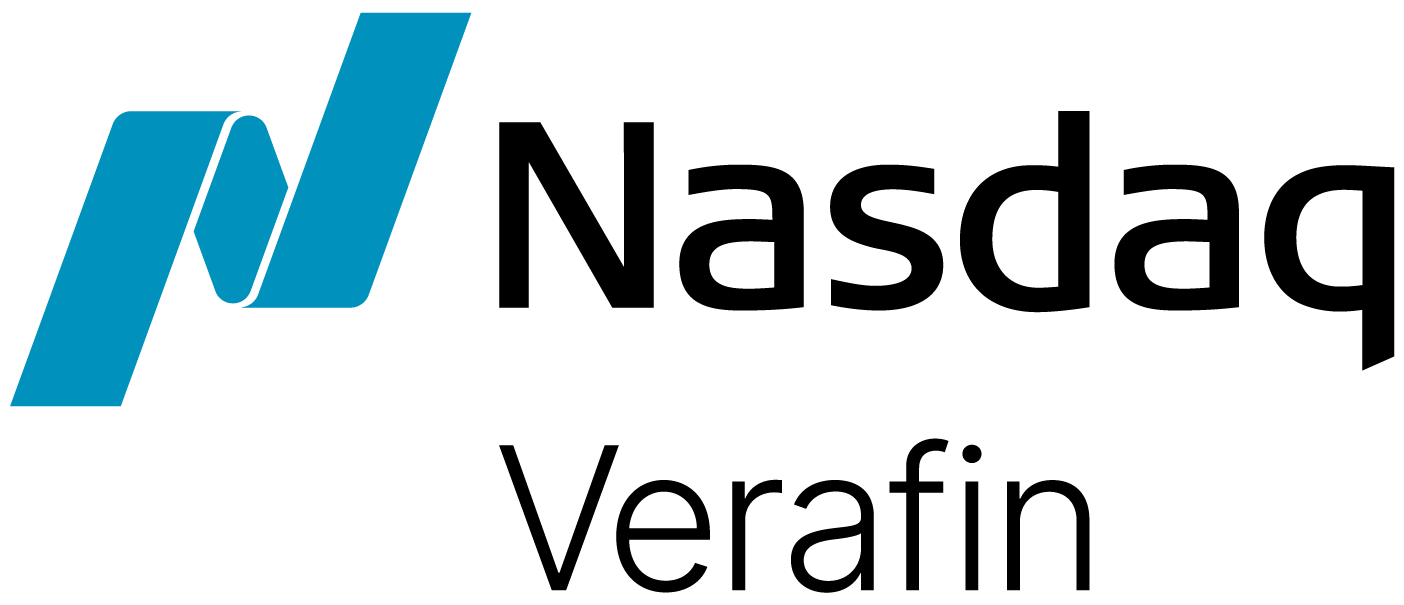Looking back on trends that shaped the financial industry in 2024, payments fraud was a prominent theme. Listed as a top concern for industry professionals, the threat loomed large as fraudsters exploited emerging technologies and industry associations moved to protect transactions with new rules for financial institutions. In our annual Fraud Trends and Technology webinar, industry experts discussed their outlook on fraud for the New Year – and as financial institutions hold fast against criminal momentum and prepare for change, we have identified five major payments fraud possibilities to consider in 2025.
1. Concerning Year Ahead for Instant Payments Fraud
2024 was a year of major growth for instant payments channels. FedNow achieved adoption by 1,000 financial institutions from all 50 states, while TCH RTP saw its first billion-dollar-day in June and record-high transaction volumes in Q3 2024. A recent study also found that over half of U.S. businesses now use FedNow and TCH RTP, with adoption expected to reach 80% by 2026. As these services continue to push for growth in 2025, fraudsters will follow the money. Having a payments fraud solution that enables comprehensive insight into instant payment risk and real-time interdiction will be paramount, especially as deepfake technology and Fraud as a Service models become more prominent.
2. Deepfakes will Amplify Authorized Push Payment Scams
Last year, deepfakes evolved Authorized Push Payment (APP) scams, making them more deceptive and dangerous — a trend that will continue in 2025 as AI continues to advance and fraudsters discover new ways to abuse this transformative technology. As industry expert Corey Lynch stated in our year-end webinar, “technology is an arms race. Every innovation is being exploited for criminals’ financial gain, but technology is also moving the industry forward in the ability to stop and proactively detect and mitigate fraud.” With Business Email Compromise (BEC) already claiming billions of dollars, financial institutions will need to remain vigilant in the year ahead by adopting solutions that identify high-risk transactions before funds are transferred.
3. Business Email Compromise Focused on ACH
BEC is a major concern across the industry, amounting to a $55 billion financial crime problem as of 2024 — and one that may be increasingly perpetrated via ACH. In their 2024 report, the Association for Financial Professionals found that ACH credits have become the payment method most often targeted in BEC, followed by wires and ACH debits. More than ever, a cross-channel approach to detection that allows your institution to understand payment risk across multiple channels and quickly determine the risk of relationships will be crucial to prevent losses.
4. Fraud as a Service Models to Democratize Scams
Fraud is a $485.6 billion epidemic, and Fraud as a Service models are threatening to exacerbate the challenge by democratizing scams for the desperate and unconscionable. Dark web retailers are now selling all the tools and services required to execute BEC and online account takeover, making these scams possible for criminals with even the most limited technical skills. With Fraud as a Service models threatening to unleash a wave of new fraud attempts, the strength of your institution’s fraud prevention program will be the difference between protecting your customers’ assets and major losses.
5. Check Fraud will Remain Prevalent
Checks remain the form of payment most susceptible to fraud, and their use is expected to continue. Checks have not been immune to technological advancement in fraud across payment channels, and the billions in losses already attributed to this crime serve as a warning to financial institutions that this tried-and-true fraud should not be overlooked in the year ahead. With criminal activity favoring more complex typologies, such as stolen endorsed checks, effective prevention will require a complete picture of check fraud risk.
Preparing for the Future – A Checklist for 2025
As financial institutions brace for the evolving landscape of payments fraud in 2025, a robust fraud prevention program will be the cornerstone of your institution’s ability to maintain customer trust, ensure regulatory compliance and safeguard assets. This year:
- Collective intelligence approaches such as consortium analytics will be invaluable for understanding payment risk across transactions and combating APP fraud, where the risk lies with the payee.
- Machine learning analysis will be essential to elevate image, transaction, MICR and counterparty analysis for superior in-clearing check fraud detection.
- Above all, consortium insights will be the bedrock that enable the innovations that keep your institution a step ahead of fraud trends in the months ahead.
A new year is an opportunity for reflection – to learn from the past to prepare for the future.
For more insights, watch our Fraud Trends and Technology webinar.


